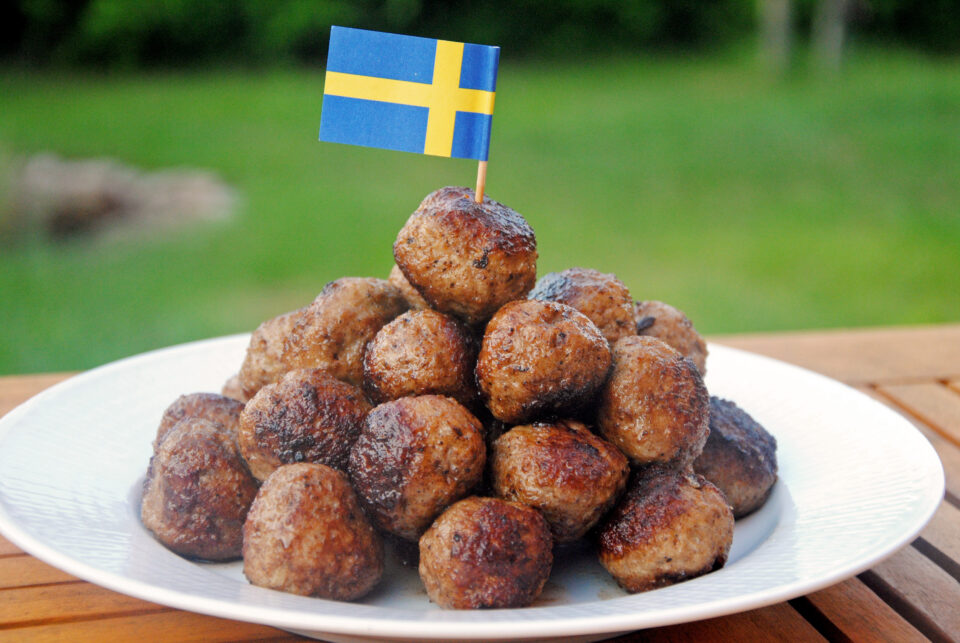
Swedish food is about more than just meatballs. Read our insider tips on what star dishes to try when visiting this stunning Scandinavian destination…
The world has embraced all things Swedish, from furniture and crime fiction to cars and pop music. And in recent years, as several restaurants affiliated with the New Nordic Cuisine movement have gained wider recognition, food has also joined the list. With a diet high in whole grains, protein and omega-3, the Swedish diet has been hailed for its health benefits. But for those who want to experience Swedish cuisine without the eye-watering prices of a Michelin-starred restaurant or the restrictions of a low GI diet, here’s a round-up of the most essential foods to try when visiting the heart of Scandinavia…
1. Kanelbulle

If Sweden had a national food, it would, without doubt, be the cinnamon bun. It’s hard to avoid these delicious spiced rolls, which can be found in every café, bakery and food shop around the country –simply follow the scent of them baking. Made from lightly sweetened, leavened bread dough known as vetebröd (wheat bread), they can also be flavoured with cardamom, saffron and vanilla. These spices are a common feature in Swedish baking and are said to have been brought back when Vikings first traded in Istanbul. A kanelbulle is best served for a fika – the daily practice of sitting down with a coffee and something sweet.
2. Filmjölk
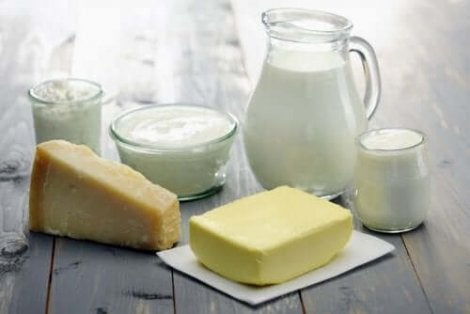
Navigating Swedish dairy products can be confusing to visitors, with a baffling array of similar-looking cartons on offer at breakfast. There’s minimjölk, which has almost no fat content; old-fashioned gammaldags mjölk, which is creamy and unhomogenised; and latte art milk, which as the name suggests is specifically for hot, frothy drinks. But the product that causes the most contention is undoubtedly filmjölk. This ‘love it or hate it’ fermented dairy product has a slightly acidic, yogurty taste, and is made from soured milk, a bit like buttermilk or kefir. It’s packed full of healthy bacteria and is perfect with cereal, sweetened with a little sugar or even as an ingredient in breads and cakes.
3. Oat milk latte

Many Swedes are extremely health-conscious. Should you strike up a conversation with a local, it probably won’t be long before they’re regaling you with tales of their latest fitness or outdoor pursuits. In terms of nutrition, Paleo, 5:2 and LCHF (low carb, high fat) diets are popular. This, combined with the increase of food intolerances and allergies, has seen many restaurants offer alternatives and substitutes to cater to the country’s increasingly health-aware and lactose- and gluten-intolerant population. Why not try a latte made with oat milk, which has a slightly sweet, nutty taste. Discover which milk is right for you with our guide to lactose substitutes.
4. Toast Skagen
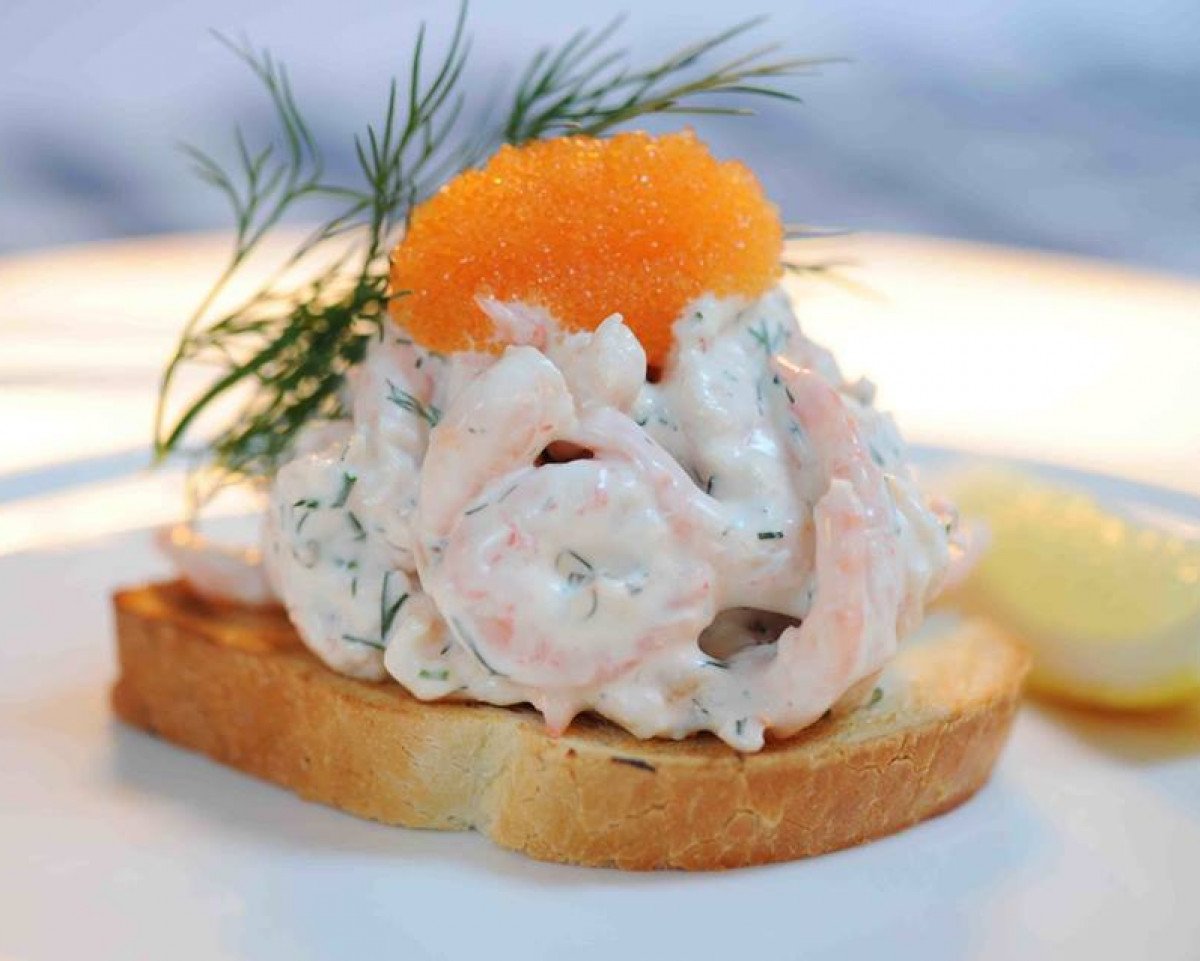
Sweden’s more luxurious version of a prawn cocktail is made from peeled prawns mixed with mayonnaise, dill and lemon, topped with fish roe and served on crisp, sautéed bread. Despite slightly retro connotations, the dish has retained popularity at dinner parties and on restaurant menus. Skagen is a fishing port in northern Denmark, although the dish isn’t a Danish creation. It was invented by chef Tore Wretman, who ran some of Stockholm’s top restaurants. The story goes that Wretman was sailing in 1956 when he created this classic starter from leftovers in a bid to cheer up the crew during a windless strait. When asked what the dish was called, Tore is said to have looked out of the window at the distant Danish coast and exclaimed, “it’s a classic Toast Skagen!” Try more sensational seafood recipes with our ultimate prawn collection.
5. Foraged berries
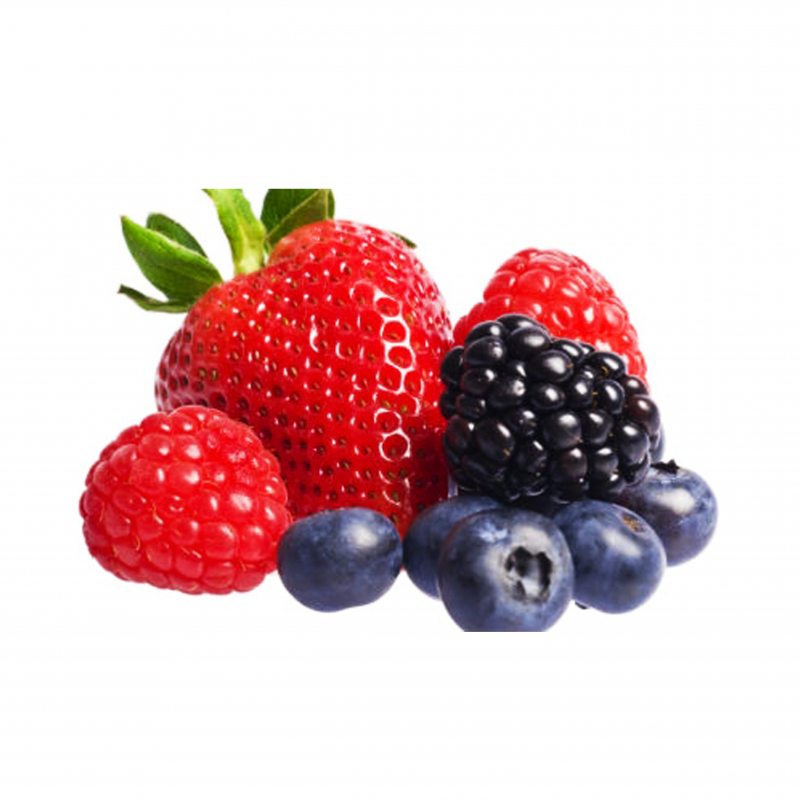
Swedes love spending time in the wild and, thanks to allemänsrätten (the right to roam), they can wander freely through the country’s vast forests and planes and along coastlines. Extreme poverty in the late 19th and early 20th centuries turned Swedes into thrifty foragers, making the most of the abundant free produce when it was available. These days, picking berries, mushrooms and herbs is a rite of passage for every Swedish child and a favourite way to spend a family day out. Cutting-edge restaurants like Fäviken in Åre and Frantzén in Stockholm have now got in on the act, but it’s also easy to find foraged loot in shops, markets and even on stalls along country roads. Try delicate wild strawberries, earthy chanterelle mushrooms or bright purple bilberries.
6. Herring
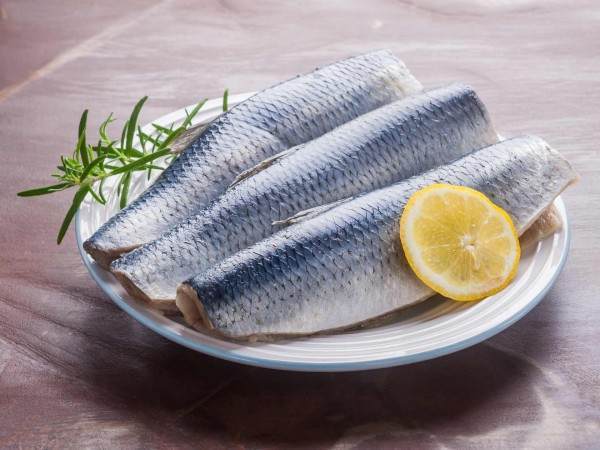
The Baltic Sea and North Atlantic Ocean are awash with shoals of herring, and Swedes are pros at cooking, pickling and smoking these small, flavoursome fish. There are two names for the fish in Swedish: sill, for the slightly larger fish found off the west coast, and strömming, for Baltic herring. Strömming is often enjoyed breaded and fried, while sil is frequently pickled in a variety of marinades and sauces. Matjes (soused herring) is popular but sour cream, mustard and even curry are also popular marinades. Or why not try an SOS? Smör, Ost och Sill (‘butter, cheese and herring’) is best served with crisp bread and washed down with a glass of aquavit, a traditional Scandinavian spirit.
7. Godis (pick ‘n’ mix)

Go into any supermarket, corner shop or newsagent in Sweden and you’ll see a whole aisle devoted to pick ‘n’ mix. Sweets are a national obsession for young and old, and Saturdays are a dedicated day for indulging thanks to the tradition of lördagsgodis (‘Saturday sweets’), which is derived from a 1950s dental health campaign aimed at helping curb the nation’s sweet tooth. Favourites to try include bilar (pastel coloured cars), dumle (gooey chocolate-covered caramels) and saltlakrits (salty liquorice).
8. Husmanskost
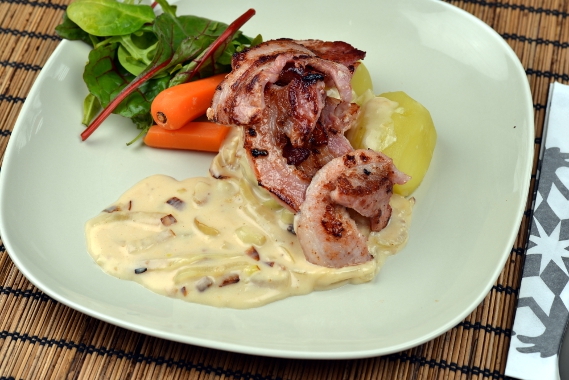
Husmanskost is a style of cooking, roughly translated as ‘house owner’s fare’, comprising the peasant-style cooking that was meant to sustain you through a long day of manual labour. These days, the food is made up of many of the dishes Sweden is most famous for, including meatballs, Jansson’s temptation (a potato gratin with cream and sprats) and gravadlax. Every Swede will swear that their granny makes the best meatballs or Jansson’s, but this comfort food can also be found as daily lunch specials at local restaurants. Two of the most famous places to try husmanskost include Kometen in Gothenburg and Den Gyldene Freden in Stockholm.
9. Prinsesstårta
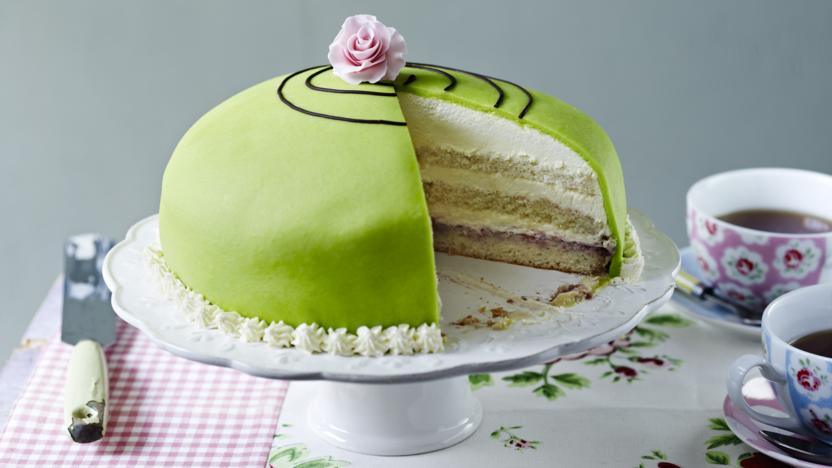
This bright green cake has become a lot more familiar in the UK after playing a starring role in The Great British Bake Off. Prinsesstårta is a domed, layered sponge cake covered in near-fluorescent marzipan and is usually the cake of choice at celebrations such as graduations, retirements and birthdays. You could also try a slice of the rich treat at most Swedish konditori (bakeries). The cake was first created in the 1920s by Jenny Åkerström, who taught three of the Swedish princesses to cook. The cake was apparently so loved by the young royals that it was named in their honour.
10. Lingonberries

These tart berries look a little bit like red blueberries and, due to their high acid content, are great for using in preserves like jam or cordial. The Swedes love them in a rårörda or raw-blended jam, simply mixed with sugar before pouring into jars. The berries are most famously served as a condiment with meatballs, but are also a traditional accompaniment to raggmunk (fried potato pancakes). You can also find lingonberries served with game, liver and blood pudding, but they really come into their own in desserts like cheesecake, ice cream and mousse. Try our lingonberry & ginger cheesecake pots for a zesty Swedish dessert.
by: bbcgoodfood.com


